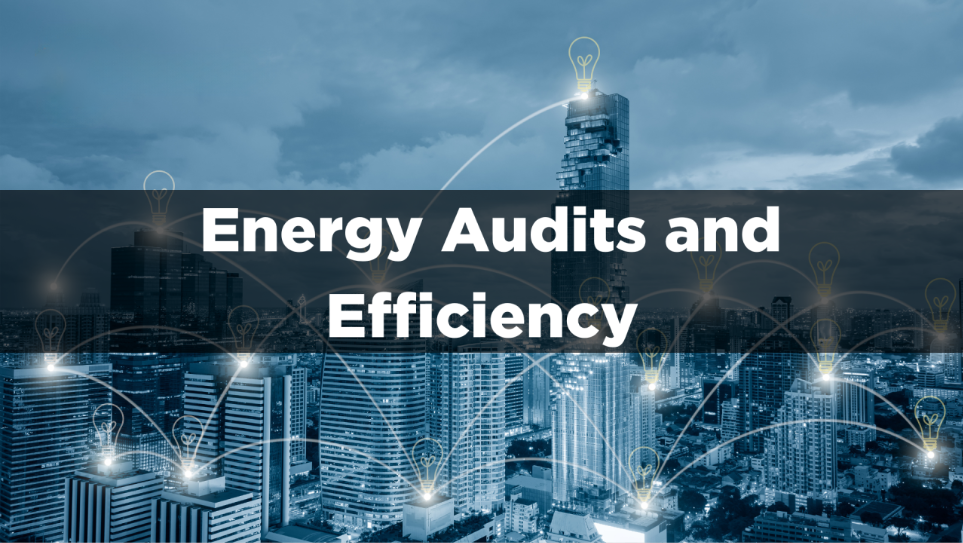
As more individuals and businesses have started integrating solar energy, the demand for efficient, long-lasting, and affordable systems has grown. This is because solar energy has to be reliable and cost-effective to meet everyone’s needs in the long run. Innovations like Mono PERC (Monocrystalline Passivated Emitter and Rear Cell), TOPCon (Tunnel Oxide Passivated Contact), and HJT (Heterojunction Technology) are at the forefront of this transformation, redefining how solar energy is harnessed.
Why do these technologies matter?
The modern solar panels include various technologies such as PERC, TOPCon, and HJT that stand out for several reasons. First, compared to older solar panels (made of polycrystalline cells), Modern solar panels (made of monocrystalline cells) greatly increase efficiency, enabling us to convert more sunlight into electricity. For instance, modern solar panels now have efficiencies of more than 20%, and some high-end models can reach up to 25%. Second, Solar energy is now more widely available and more reasonably priced. According to reports, the cost of installing solar panels has decreased by about 82% since 2010, making it a feasible choice for a large number of Commercial & Industrial clients.
Additionally, these newer panels are built to last over 25 years while maintaining strong performance, offering great long-term value for users. To understand why these advanced panels are so effective, let’s take a closer look at the technologies behind: Mono PERC, TOPCon, and HJT cells in solar photovoltaic panels.
Understanding the Technologies
Mono PERC (Monocrystalline Passivated Emitter and Rear Cell) enhances traditional solar cells by adding a reflective layer at the back. This layer bounces back unabsorbed sunlight, helping to generate more energy.
- Cell Used: Monocrystalline p-type cells.
- Efficiency: Mono PERC panels perform well, achieving 22–25% efficiency in ideal conditions.
- Key Features: Work effectively in different weather conditions (low light, high heat) and are easy to manufacture.
TOPCon (Tunnel Oxide Passivated Contact) technology builds on the Mono PERC design by adding an ultra-thin oxide layer along with a layer of doped polysilicon. TOPCon builds on Mono PERC technology by adding two special layers:
- An ultra-thin oxide layer.
- A doped polysilicon layer.
This combination helps reduce energy losses within the cell, leading to higher efficiency and better durability.
- Cells Used: Monocrystalline n-type cells.
- Efficiency: TOPCon modules can achieve efficiencies beyond 24%.
- Key Features: These modules work better in high temperatures (perfect for India). With slower degradation rates, TOPCon also promises long-term reliability, making it a strong competitor to Mono PERC.
HJT (Heterojunction Technology) is an advanced solar technology that combines two types of solar cells:
- A base layer of Crystalline Silicon
- An additional layer of Amorphous Silicon
This combination allows HJT to reduce energy loss and capture sunlight more efficiently.
- Cells Used: Monocrystalline n-type cells.
- Efficiency: HJT modules can achieve very high efficiency, similar to TOPCon (24% and more).
- Key Features: These modules perform exceptionally well in high temperatures, making them viable for tropical climates. Also, they have a slow degradation rate, providing for long-term use.
Transitioning from Mono PERC to TOPCon
Moving from Mono PERC to TOPCon is more than just a technical improvement. It also involves resolving some of the drawbacks of Mono PERC technology. Mono PERC panels are efficient, under optimal circumstances, these panels can achieve conversion rates of roughly 22–25%. But with time, they deteriorate more quickly, particularly in hotter areas, which lowers their energy output. High temperatures significantly reduce their effectiveness, making them less suitable for countries like India. Building on the current production infrastructure and providing significant efficiency advantages, TOPCon is a logical progression of Mono PERC technology.
India’s Preference for TOPCon:
India’s solar market is rapidly moving towards TOPCon technology for several compelling reasons:
- Degradation Rates: The slower degradation of TOPCon modules means they last longer, leading to better returns on investment.
- Temperature Coefficients: Their ability to perform well in high temperatures aligns perfectly with India’s climate.
- Cost-Effectiveness: Although TOPCon modules may cost more upfront, their superior efficiency makes them a smart investment over time.
- Adoption Trends: Indian manufacturers are increasingly investing in TOPCon technology for both residential and utility-scale projects, indicating a trend toward broader adoption.
Comparison with HJT:
HJT vs. TOPCon:
- Efficiency: Both technologies are highly efficient, but TOPCon has slightly better resistance to performance degradation over time.
- Manufacturing Cost: TOPCon is more cost-effective, as it builds on existing Mono PERC production lines, while HJT requires entirely new infrastructure.
- Suitability for India: Given India’s focus on scalability and cost-effectiveness, TOPCon is currently more attractive for widespread adoption.

Challenges in the Shift
Transitioning to TOPCon technology does come with its own set of challenges:
- Manufacturing Complexities: The production process for TOPCon is more intricate compared to older technologies like Mono PERC. It requires advanced equipment and a skilled workforce, which can be expensive. Manufacturers also need to upgrade their factories, adding more costs and effort to switch to this technology.
- R&D Investments: India needs a huge amount of funding to shift to TOPCon technology. Without proper funding, it will be tough to solve local production challenges and scale up this technology effectively.
- Patent Disputes: As TOPCon technology gains popularity, patent disputes in Europe are emerging as a significant challenge. Companies like JA Solar, Trina Solar, and Canadian Solar are locked in legal battles over key aspects of TOPCon, such as tunnelling oxide layers and polysilicon applications. For India, understanding and addressing these disputes is essential to avoid similar issues domestically and to create a supportive environment for technological growth.
- Balancing Costs and Benefits: Although TOPCon panels are more efficient and last longer, they cost more to produce. The challenge is to make them affordable so more people and businesses can use them while ensuring they remain high-quality and efficient.
Conclusion
TOPCon represents an exciting advancement in solar technology. Its improved efficiency, durability, and suitability for India’s climate make it an attractive alternative to Mono PERC. However, overcoming manufacturing challenges and navigating legal complexities will be essential for its widespread adoption. With strategic investments and supportive policies, TOPCon has the potential to significantly enhance India’s renewable energy landscape.










